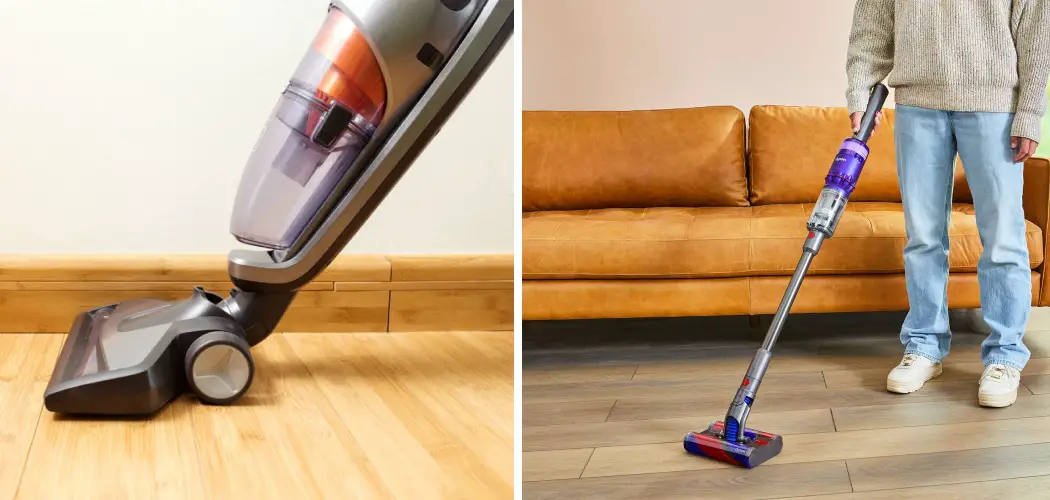We all want our homes to be clean and presentable, which means that regular vacuuming is a must-do chore. But if you’re dealing with hardwood floors, it’s important to know the best way of going about the job in order to get a thorough yet safe clean without damaging the flooring.
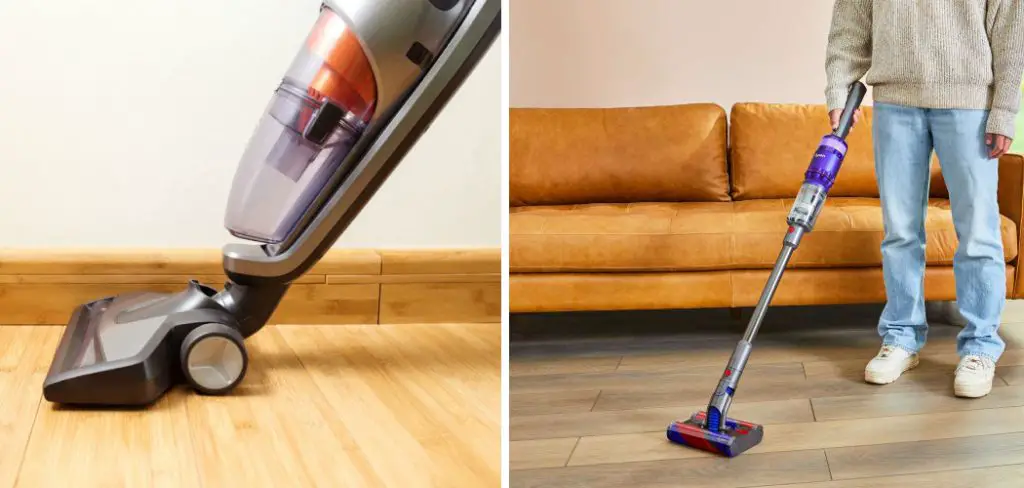
This blog post will provide comprehensive steps for how to vacuum hardwood floors correctly so you can maintain their beautiful appearance while also making sure your home is looking its best!
Tools and Materials You Will Need to Vacuum Hardwood Floors
- A vacuum cleaner (preferably with adjustable suction power)
- Soft-bristled brush attachment
- Microfiber mop or cloth
- Hardwood floor cleaner (optional)
Step-by-step Guidelines on How to Vacuum Hardwood Floors
Step 1: Prepare the Area
Before you start vacuuming, make sure to remove any large debris such as toys, paper clips, and coins, by hand. This will prevent them from getting stuck in the vacuum and potentially causing damage to your floors or the machine itself. Preparing the area will also allow you to have a clear path for vacuuming, making the job more efficient.
Step 2: Use the Right Vacuum Cleaner
When it comes to hardwood floors, not all vacuums are created equal. It’s important to choose a vacuum that has adjustable suction power and is safe for use on hard flooring. Vacuums with high-powered suction and beater bars can scratch or damage the surface of your hardwood floors, so it’s best to avoid them.
Step 3: Attach a Soft-bristled Brush
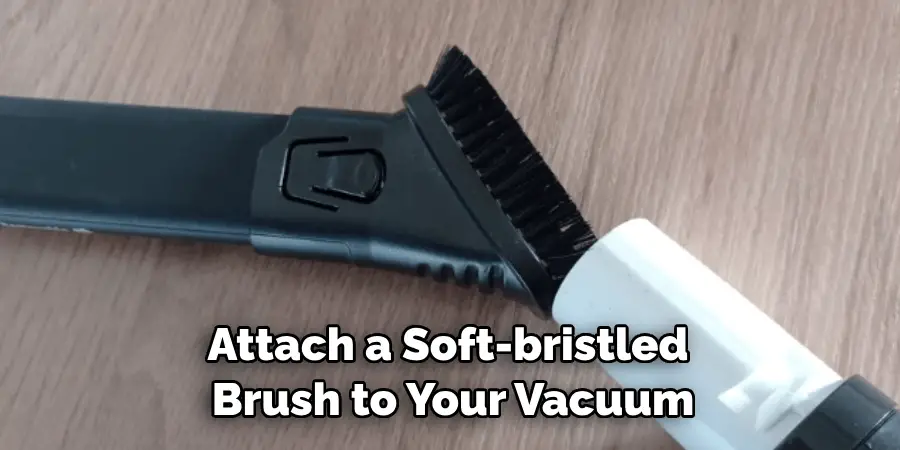
To further protect your hardwood floors from potential damage, attach a soft-bristled brush to your vacuum. The bristles on this attachment will gently sweep away dirt and debris without causing any scratches. Attaching a nozzle may also be helpful for getting into narrow spaces or edges.
Step 4: Adjust the Suction Power
Hardwood floors are prone to scratches and dents, so it’s important to adjust the suction power of your vacuum accordingly. You can do this by using a knob or switch on your vacuum, or simply by covering some of the airflow with your hand.
Step 5: Start Vacuuming
When vacuuming hardwood floors, it’s important to use a back-and-forth motion rather than a side-to-side motion. This will prevent any scratches and ensure that you’re picking up all the dirt and debris in your path. To get into tight corners or edges, turn off the brush attachment or use the nozzle.
Step 6: Follow Up with a Microfiber Mop
After vacuuming, it’s always a good idea to go over your hardwood floors with a microfiber mop or cloth. This will pick up any remaining dust and give your floors an extra shine. This will also help to prevent any potential scratches from lingering debris that may have been missed by the vacuum.
Step 7: Optional – Use a Hardwood Floor Cleaner
If your hardwood floors look dull or have tough stains, you may want to use a hardwood floor cleaner. Make sure to read and follow the instructions carefully, as some cleaners may not be suitable for all types of hardwood floors. It’s also important to spot-test in an inconspicuous area before applying it to the entire floor.
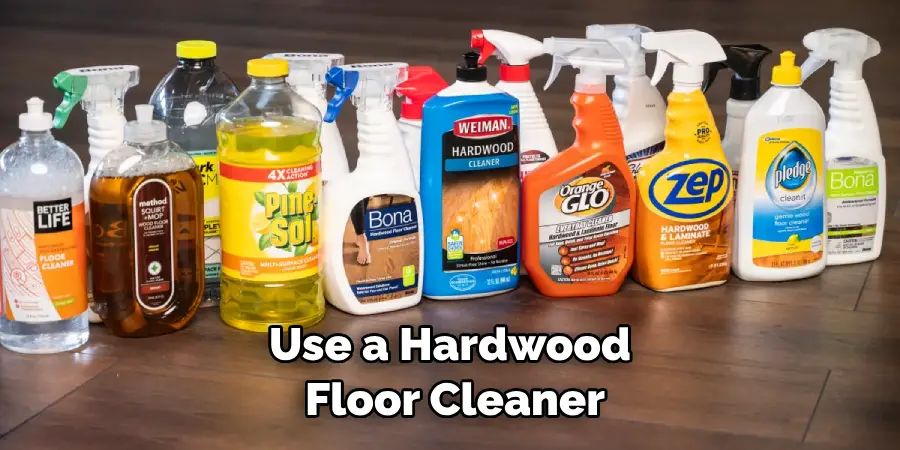
Following these steps will ensure that your hardwood floors are properly cleaned without any risk of damage. By regularly vacuuming and caring for your hardwood floors, you can preserve their beauty and keep them looking as good as new for years to come. Happy cleaning!
Additional Tips and Tricks to Vacuum Hardwood Floors
- When vacuuming hardwood floors, you want to avoid using the main floor head or beater bar as these can potentially damage the surface. Instead, use a soft bristle brush attachment to gently sweep away dust and debris without scratching your floors.
- For stubborn dirt and debris, consider using a microfiber mop or cloth to loosen and collect particles before vacuuming. This can also help reduce the amount of time spent vacuuming.
- When vacuuming areas under furniture or tight spaces, use an attachment with a long and narrow nozzle to reach those difficult spots without having to move heavy pieces of furniture.
- To prevent scratches or dents, avoid dragging the vacuum along the floor and instead use a back-and-forth motion.
- For pet owners, it’s important to regularly vacuum their hardwood floors to remove any pet hair or dander that can accumulate and potentially cause damage over time. Consider using a hand-held vacuum for smaller areas or corners where pets tend to shed more.
- To ensure your vacuum is operating at its best, regularly check and clean the filters and empty the dust bin or bag as needed.
- If you have larger debris such as pebbles or small toys on your hardwood floors, consider using a broom to sweep them up instead of relying solely on the vacuum.
- In high-traffic areas, it’s recommended to vacuum at least once a week to keep your hardwood floors looking clean and well-maintained.
- If you have any spills or stains on your hardwood floors, it’s important to address them quickly by spot cleaning with a damp cloth or using a specialized hardwood floor cleaner before vacuuming.
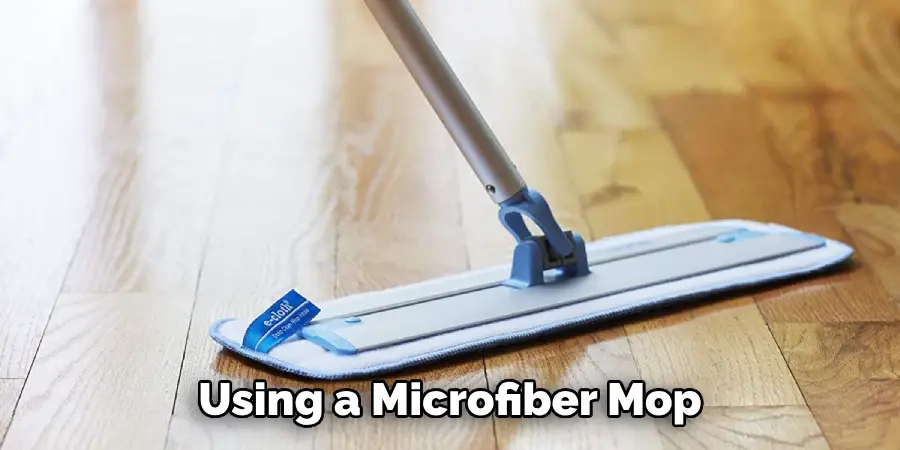
Following these tips and tricks can help you efficiently and effectively vacuum your hardwood floors, keeping them looking beautiful for years to come. Remember to always consult your vacuum’s manual for specific instructions and recommendations for cleaning hardwood floors. Happy vacuuming!
Precautions Need to Follow for Vacuuming Hardwood Floors
- Use the right vacuum cleaner and make sure that the vacuum cleaner is suitable for hardwood floors. There are special features like rubber wheels and attachments to prevent scratching on hardwood floors.
- Clean or replace filter regularly – A clogged filter can result in reduced suction power. To maintain peak performance, it is recommended to clean or change filters every 3 months.
- Avoid using heavy-duty vacuums as they tend to be heavy and can cause scratches on the floor. Opt for lighter vacuum cleaners with adjustable height settings.
- Check for debris before you start vacuuming – Before you begin, check if there are any large particles of debris like rocks or glass that could damage your hardwood floors.
- Use a soft brush attachment – When vacuuming hardwood floors, it’s best to use a soft brush attachment which is gentle on the floors. This will prevent any scratches or damage to the floor.
- Adjust vacuum height according to flooring – Different types of hardwood floors require different levels of suction power and height adjustments, make sure to adjust accordingly.
- Avoid using beater bars or rotating brushes – Beater bars and rotating brushes can cause damage to hardwood floors. Make sure to switch them off while vacuuming.
Following these precautions can ensure that your hardwood floors are vacuumed without any damage. Using the correct vacuum cleaner as well as taking necessary precautions can help in maintaining your hardwood floors for years to come.
Frequently Asked Questions
How Often Should I Vacuum My Hardwood Floors?
It is recommended to vacuum your hardwood floors at least once a week, or more frequently if you have high foot traffic in your home. This will help remove any dirt, debris, and allergens that can accumulate on the surface of your floor. However, the frequency of vacuuming will ultimately depend on your personal preference and lifestyle.
Can I Use a Regular Vacuum Cleaner on Hardwood Floors?
You can use a regular vacuum cleaner on hardwood floors, but it is recommended to use one with adjustable suction settings or a specific attachment for hard floors. This will prevent any potential damage to your floors from excessive suction or rough bristles.
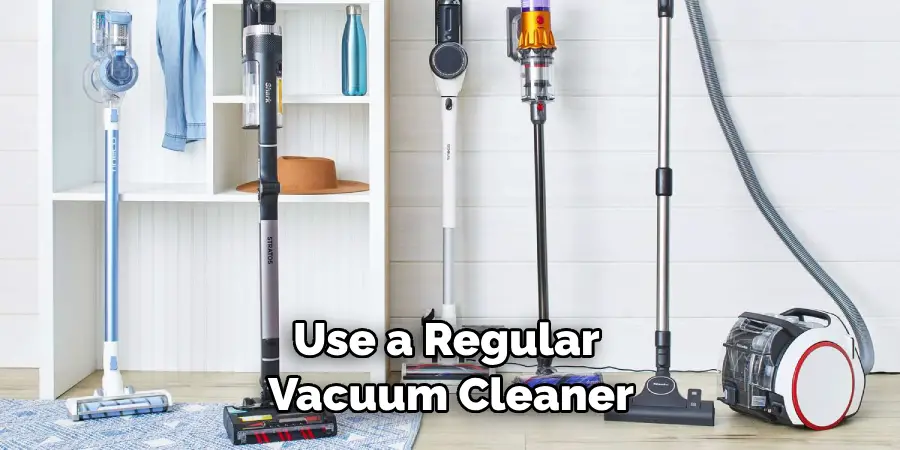
Do I Need to Sweep Before Vacuuming?
It is not necessary to sweep before vacuuming, as a good quality vacuum cleaner should be able to pick up most debris and dirt. However, if there are larger particles or spills on the floor, it is best to sweep them up first before vacuuming for more efficient cleaning.
Can I Use a Steam Mop on Hardwood Floors?
It is not recommended to use a steam mop on hardwood floors, as the heat and moisture can potentially damage the wood. It is best to stick with dry or damp mopping methods for hardwood floors.
Conclusion
Vacuuming your hardwood floors on a regular basis is one of the most important steps to keeping them looking beautiful and feeling healthy. When vacuuming, it is crucial to use a soft-bristled head designed for hardwood floors, so you can be sure that you are not causing the wood any damage.
Be sure not to forget about doing high-traffic areas more often – if those spots get too dirty it may be difficult to get them clean again without professional help.
Furthermore, remember it’s essential to always dust or sweep before using a vacuum. Sweeping up dirt and debris will allow the vacuum cleaner its full cleaning power without getting clogged, resulting in better suction and eliminating a lot of extra work. Now you know how to vacuum hardwood floors efficiently, effectively, and safely, you can enjoy your beautiful floors for years to come.

